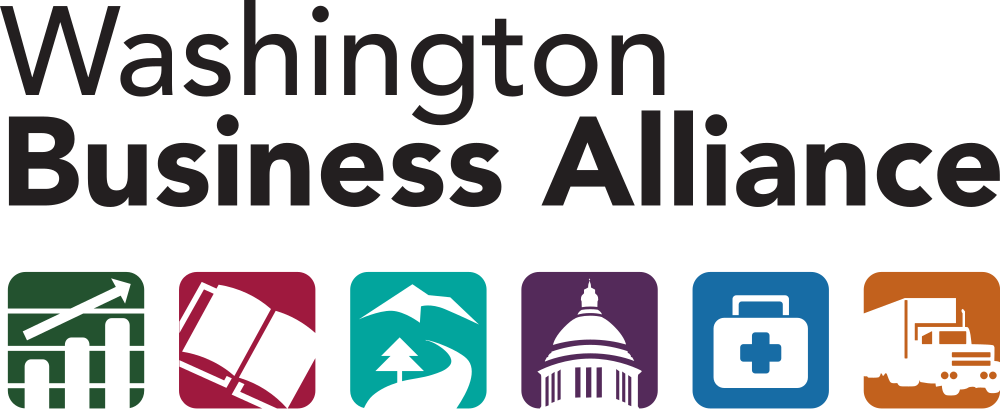As Washington continues to grapple with sustaining its cash-strapped state parks system, a new gubernatorial task force is accenting the sizable contribution to Washington’s economy of outdoor recreation: some $31.2 billion annually in consumer spending, wages and salaries, and state and local tax revenue.
That includes $22.5 billion in annual consumer spending on outdoor recreation by Washingtonians including “gear, vehicles and travel-related expenses,” plus $7.1 billion in annual wages and salaries and $1.6 billion in state and local tax revenues. The $31.2 billion represents a fairly hefty 8.3 percent of the state’s 2012 Gross Domestic product of $376 billion.
The impact data come from via a large April meeting agenda packet of Governor Jay Inslee’s new Blue Ribbon Task Force on Parks and Outdoor Recreation.
The numbers are are drawn from the Washington state break-out of the 2012 report from the Boulder, Colorado-based Outdoor Industry Association titled “The Outdoor Recreation Economy.” The report is based on 2011 and 2012 surveys of outdoor recreation done for the association and sourced through the U.S. Bureau of Economic Analysis and the U.S. Bureau of Labor Statistics.
As in most other states, outdoor recreation in Washington occurs on federal state, county, local and privately-owned lands.
The Governor’s task force will hold a series of monthly public meetings across the state leading to a September report and final recommendations submitted to the legislature.
The Executive Order signed by Inslee creating the task force accents cuts enacted by the legislature for funding of operations, maintenance and capital projects of Washington State Parks, and the state departments of fish and wildlife, and natural resources. The order also stresses the need for the task force to develop strategies to “develop long-term sustainable funding sources” for the three agencies.
Per capita state parks remain higher in WA than most others but are dropping. Source: WA ERFC
The final recommendations are likely to include one or more of the elements identified in a 2012 strategic alternatives assessment issued on future fiscal options for Washington State Parks. As reported at Public Data Ferret:
“Washington State Parks face a tough choice on what to become. One approach: a much more commercially-oriented enterprise replete with partnerships and presences that could prove unpopular. Door Number Two: operate as a community non-profit corporation. Or, what parks backers hope for: recast the state parks system as a public asset with up to 30 percent of funding from the state and the rest from user fees, donations, grants and labor from partner organizations and volunteers.”
Deferred maintenance is a growing concern. Another state report, issued at the end of 2013, estimated the repair backlog of Washington State Parks at $463 million.
Washingtonians do like their state parks, but not as much as in years past. A year-end 2013 report from the Washington Economic Revenue and Forecast Council showed state residents ranked 5th nationally in per-capita state parks usage over 2008-12. At the same time, it has declined steadily since the late 80s while the lower national average rate of state parks visits has held relatively steady.
The next task force meeting is scheduled for May 5, at REI Corporate Headquarters, 6750 S. 228th Street in Kent. The task force is to issue a draft report on September 1 of this year and a final report and recommendations September 18 which is to be submitted to the legislature the next day.
